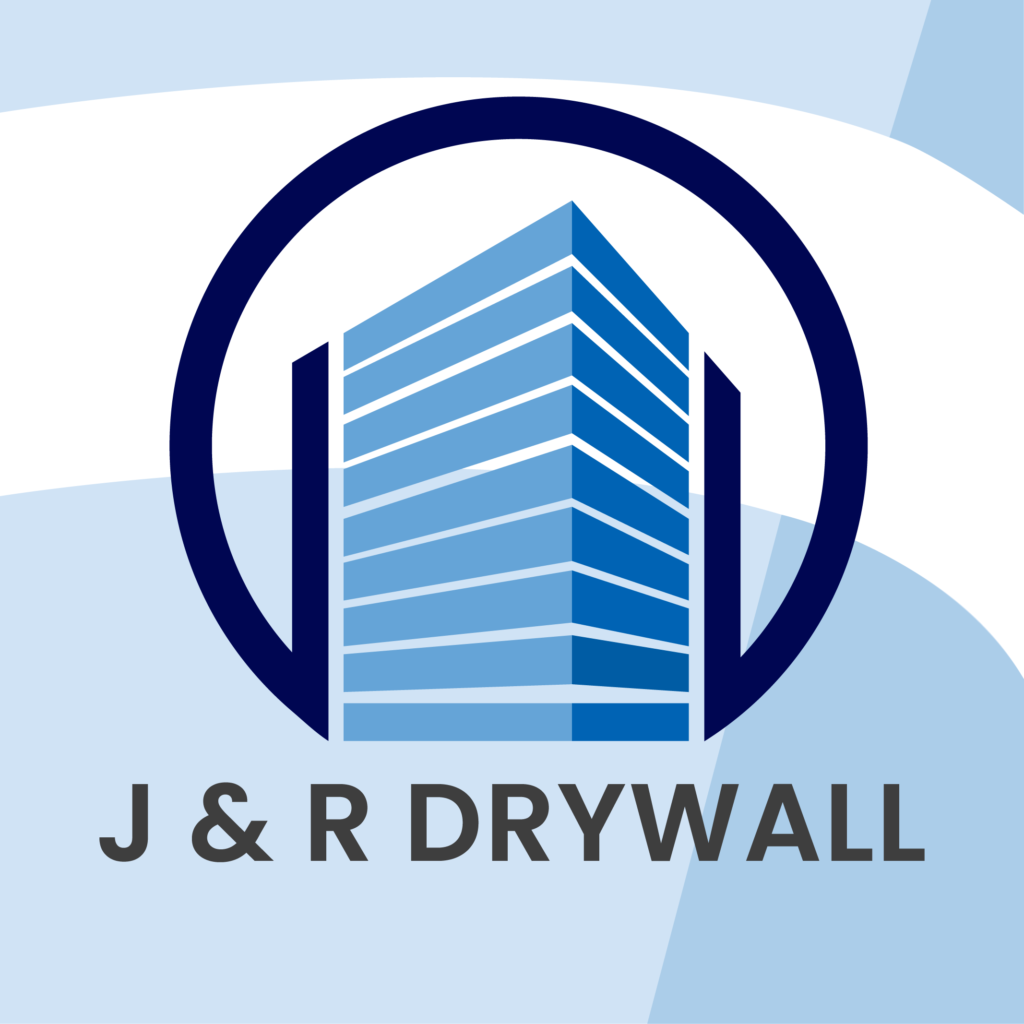




San Diego's Preferred Drywall
J & R Drywall is San Diego's leading provider of drywall installation and replacements. Offering world class customer service and a commitment to flawless work, we provide independent homeowners and businesses the highest quality work possible in the industry. Our drywall experts have years of experience tackling the most complex jobs, and work hard to provide reliable, cost-effective solutions for everything from drywall installation to popcorn ceiling removal, to taping & texturing. We offer services to residential, commercial, multi-unit, and retail. So, have a job that requires help from only the best? Give us a call and we’ll ensure the job is done perfectly every time

What we offer?
Our Services
- Drywall hole repair
- Drywall re-texturing
- Drywall stress crack repair
- Drywall Refinishing
- Drywall Water Damage repair
- Drywall repair after electrical work
- Drywall repair for ceilings
- Drywall repair for leaking roots
- Drywall repairs after plumbing work
- Drywall dent repair
- Drywall installation
- Drywall wear and tear reversal
Everyday we tackle some of the most complex problems, ranging from drywall installations and repairs to steel framing and demolition. And with years of experience being the best within the industry, our team has worked with both individual contractors, residential homeowners, commercial businesses, and even retail. Our reputation of high quality, perfectly performed work is what has made us San Diego’s leading drywall company.
On any particular day working with clients, we offer an exemplary customer service experience from beginning to end, taking time to address any concerns that may arise and offering solutions that actually make a difference. In the end, what we do everyday is provide our clients with results they can be proud of. Whether it’s a small drywall installation in the basement or a massive overhaul of a company building, we’ve got what it takes to get the job done right.
WORK WITH EXPERTS IN THE INDUSTRY
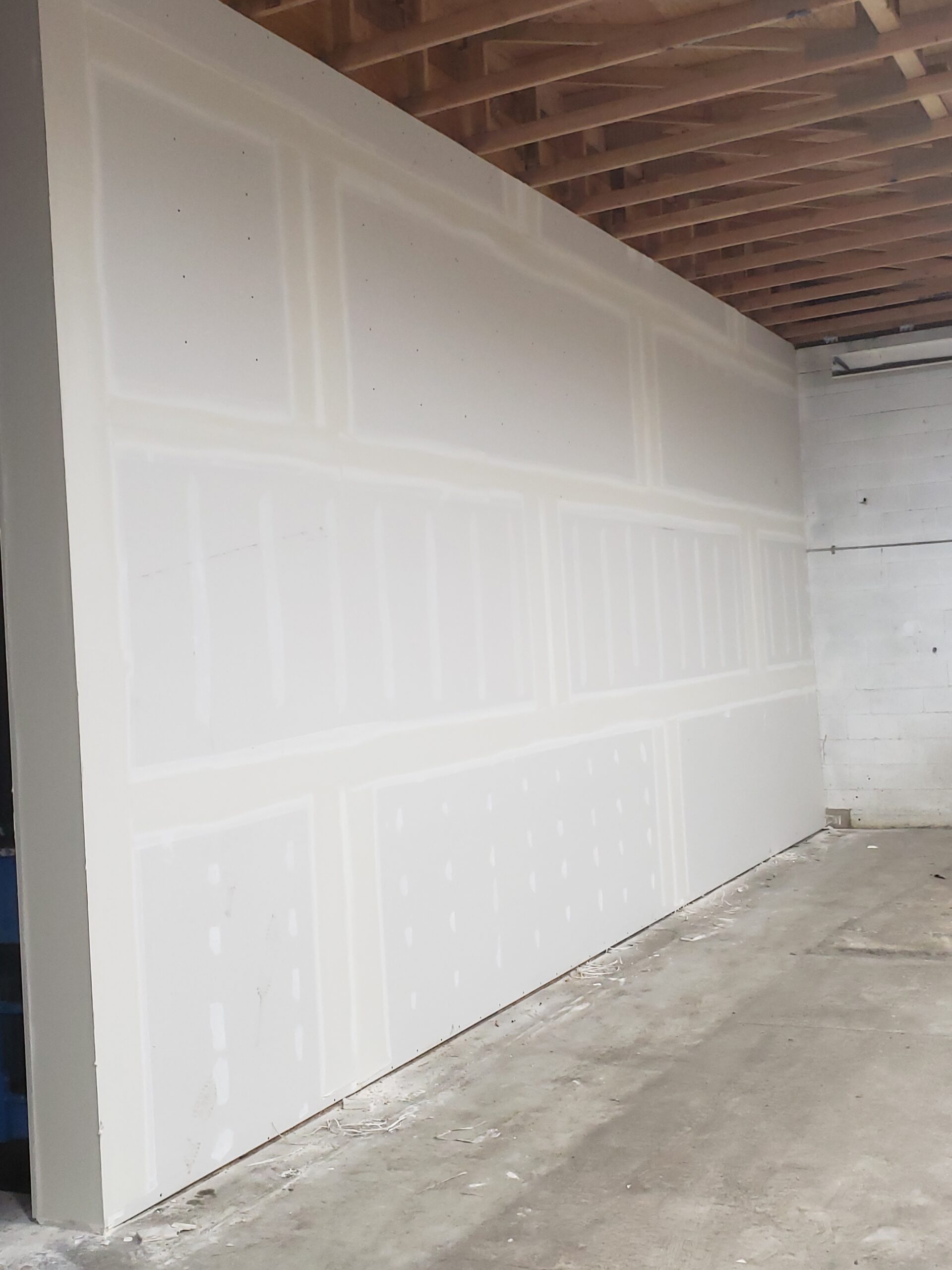
- Drywall Installs & Repairs
Regardless of size or shape, we offer drywall installation and repair you can be proud of. From light patch work to a complete overhaul, our technicians are well equipped for any size job, and have years of experience completing finishes from level 1 all the way to level 5.
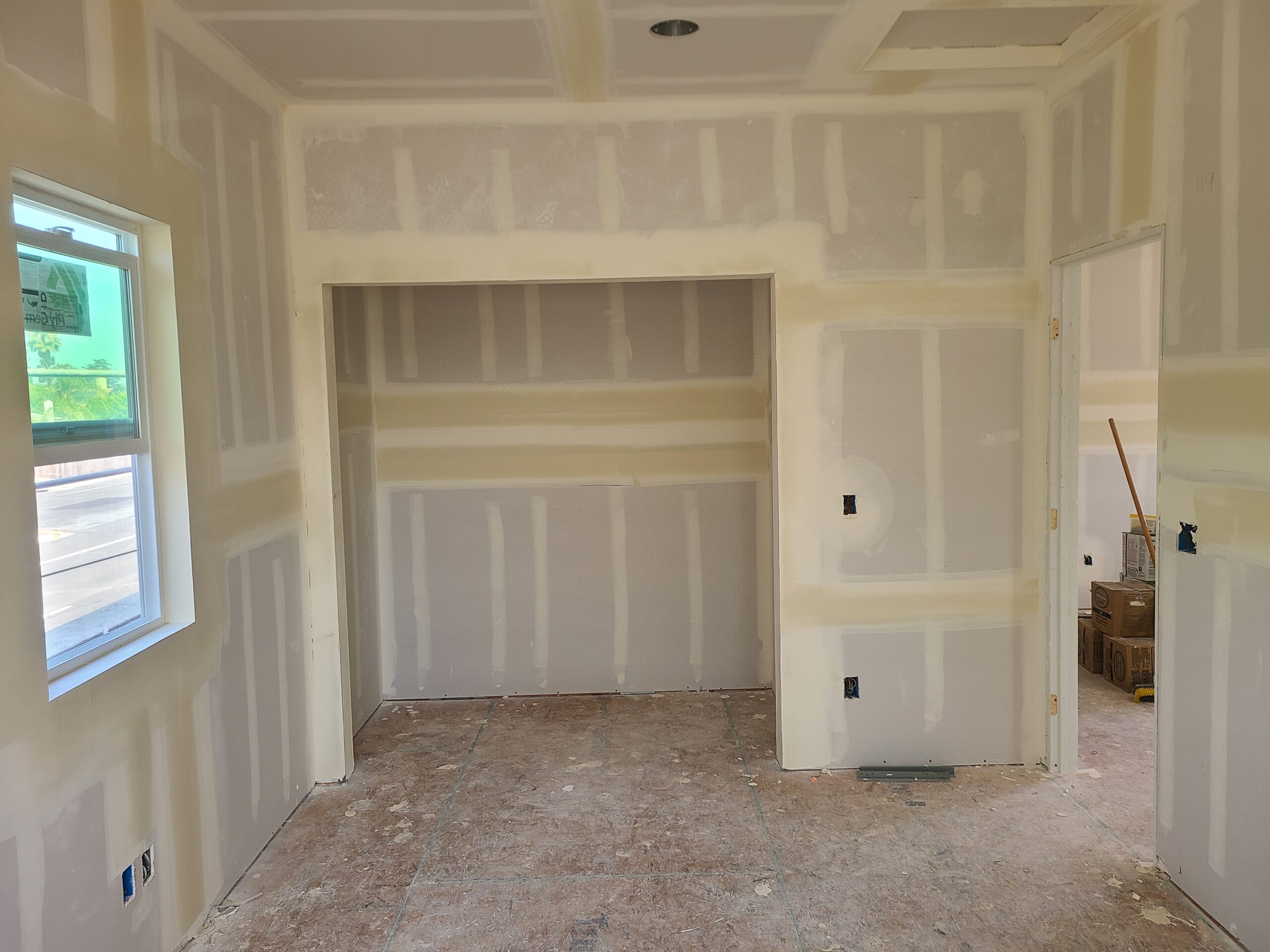
- Taping & Texturing
Professional drywall installation requires taping and texturing to ensure walls look and feel great. At J & R Drywall, we offer high quality taping to ensure nails and screws are out of sight. And with some of the best texturing in the industry, we'll make your interior wall design truly stand out.
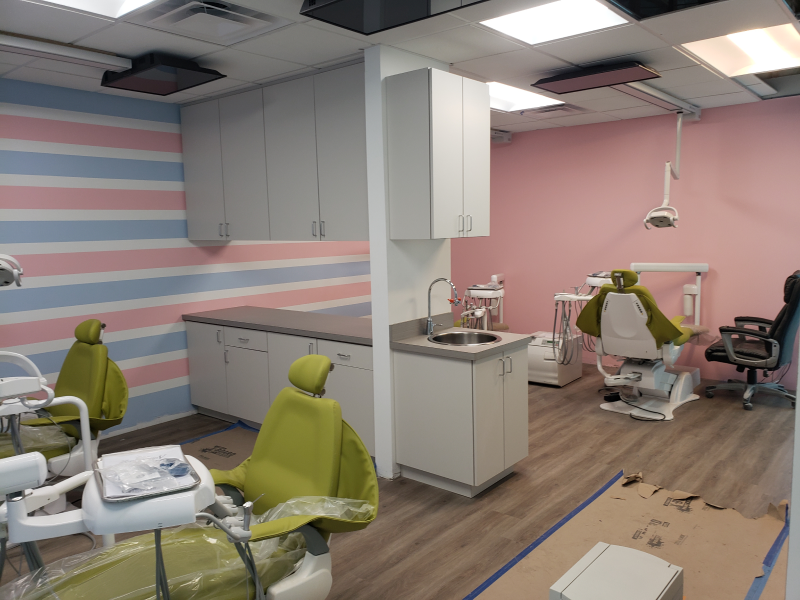
- Custom Drywall
We offer an array of custom drywall options, including moisture resistance, fire rated, and sound proofed. Our technicians work meticulously to ensure your drywall is made and installed with the specific qualities you need for any location within your home or business that looks and feels great.
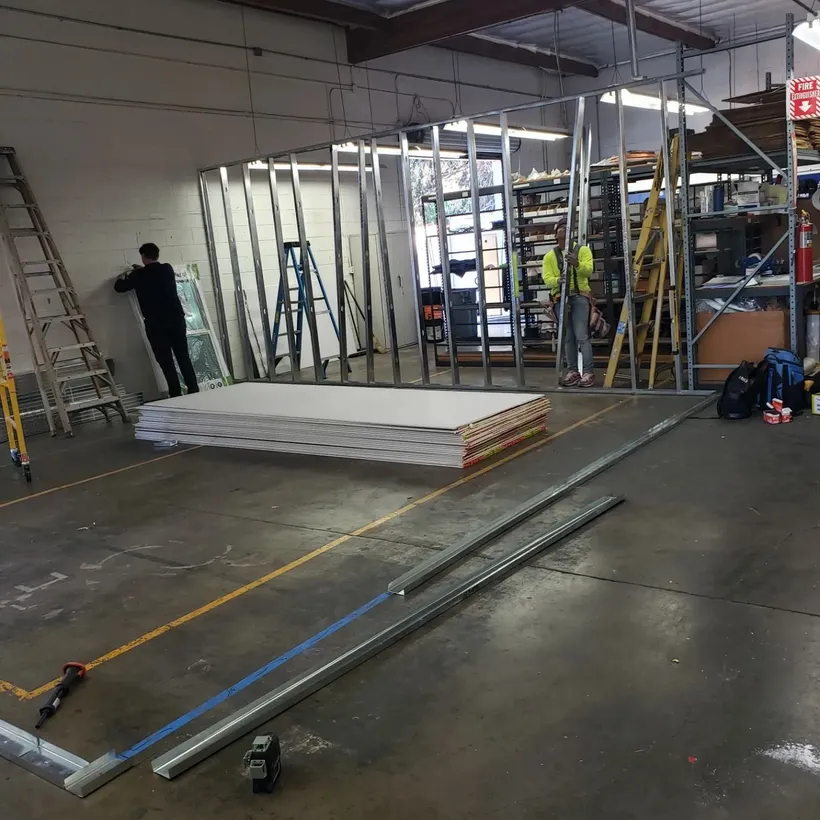
- Framing
Steel stud framing offers amazing structural integrity for walls and planes. They’re light, easy to set up, and resistant to fire and rot; making them a perfect substitute for traditional wood based framing. We provide cost effective and efficient steel stud framing for any home or business.
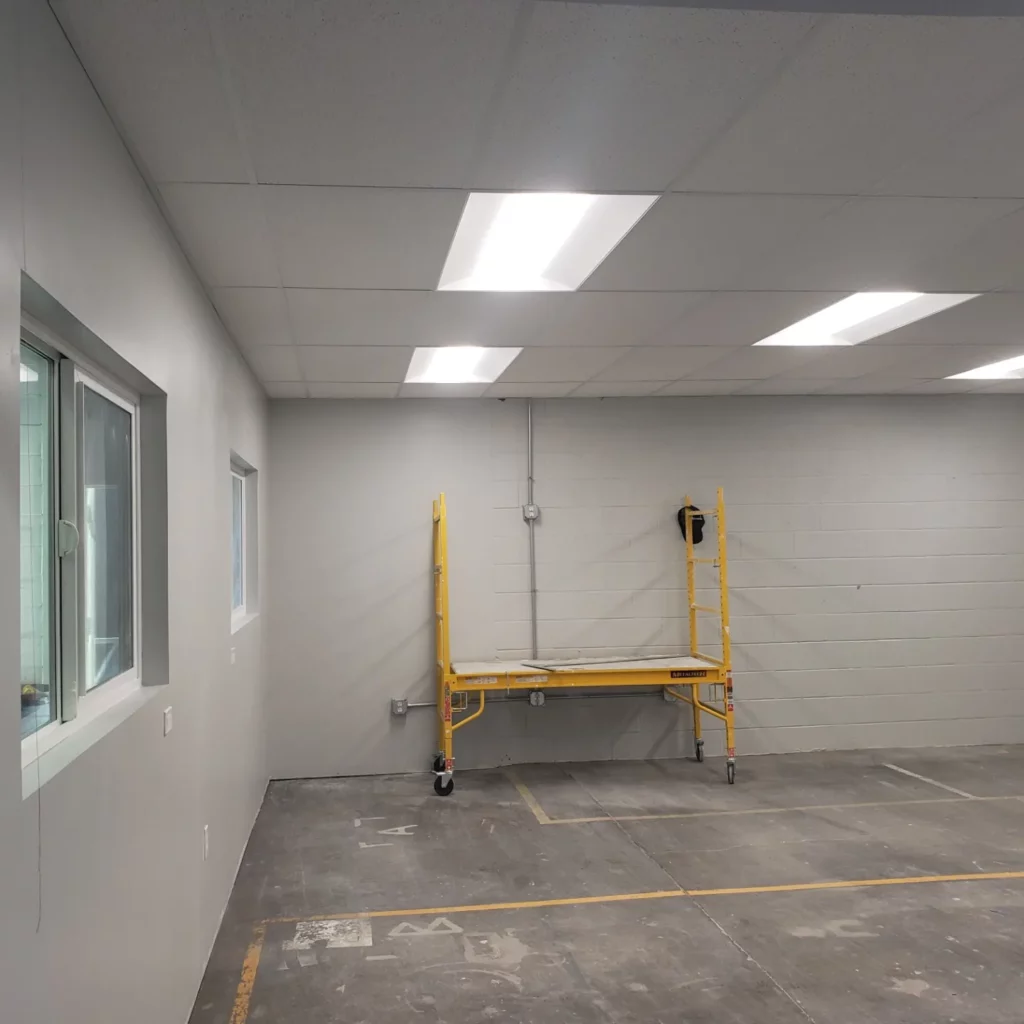
- Ceilings
Water damage and defects in the structural integrity of your ceilings can lead to abnormal cracks, chips, discoloration, and even popcorn ceiling. We offer the most comprehensive ceiling repair services that can help smooth out, recolor, and make your ceilings looking fantastic again.
J&R Drywall FAQs
Finding a reliable and professional drywall contractor near me can be a daunting task. Luckily, there are some things you can do to ensure that you find the best drywall contractor for your project.
First, research potential contractors online by reading their reviews and checking out the quality of their work. Talk to past clients if possible to get an understanding of their level of expertise and customer service skills. It may also be helpful to check with your local home improvement center or other professionals in the community in order to find referrals of reputable contractors whom they’ve used before.
Next, ask each potential contractor for proof that they are licensed, insured, and up-to-date on all safety regulations. Make sure they provide references from previous projects as well as copies of any necessary permits needed for your specific job site. In addition, inquire about how long the project will take start-to-finish and verify whether any subcontractors will be involved in the process instead of asking questions later on down the line when something goes wrong or is overlooked.
Finally, set up interviews with each candidate so you have time to discuss details such as pricing options, materials used during installation, expected timelines for completion date/deadlines as well as payment terms before hiring anyone for your project. By doing this due diligence upfront it should help guarantee that you ultimately make an informed decision about who provides the best services for your particular needs at an affordable price point within budget constraints set forth ahead of time.
To understand sheetrock vs drywall, it is important to look at what each material is designed to do. Sheetrock is an engineered compound specifically designed for use in professional construction projects as a wall covering. It typically consists of gypsum sandwiched between two pieces of heavy paper or flexible plastic facing and has been specially treated with moisture-, fire-, and mold-resistant materials. Drywall, on the other hand, generally consists of gypsum plaster pressed between two thick sheets of paper board, which makes it less resistant than sheetrock but more suitable for home renovation projects.
Another key difference between sheetrock and drywall lies in installation requirements. Sheetrock requires specialized tools such as hammers and tape measures to ensure accuracy during installation while drywall can be installed using basic power tools like nail guns and saws due to its thinner construction material. Furthermore, since sheetrock is denser yet more lightweight than drywall, it does not require additional support beams or backing material when installed onto walls compared to its counterpart’s need for reinforcement when used for ceilings.
It is generally recommended to get drywall repaired as soon as possible. As soon as you notice any signs of damage, such as large cracks or holes, it’s important to call a professional and have the issue addressed. Professional drywall repair specialists can quickly and accurately identify problems, provide an estimate for repair costs, and perform repairs with precision.
The process for drywall repairs typically begins by assessing the extent of the damage. This involves a thorough examination of the wall surface that may include analyzing joint compound seams, checking studs for bowing or cracks, inspecting insulation material inside walls, and testing electrical boxes. Once this evaluation is complete, a professional can then determine what needs to be done in order to fix the problem area(s). Depending on the severity of damage found during the inspection, there are several different techniques that can be utilized including patching holes with spackle or plaster, removing damaged sections and replacing them, reinforcing weakened areas, applying texture over patched areas, installing new pieces of gypsum board where necessary, sanding down edges after installation, and finishing off joints with joint compound before painting.
Professional drywall installation typically takes between 1 and 3 days. The amount of time required will depend on the size of the space, as well as any special requests that may need to be made.
If a one-room project, such as installing ceiling drywall or replacing existing wallboard, this could take a day. However, if an entire house needs to be worked on it could take up to 3 days. A professional team will arrive with all tools and materials needed to complete the job quickly and efficiently in the shortest amount of time possible while still ensuring quality workmanship.
Thank you to AAA Construction for sharing how long it takes to install dry wall with us!
Patching drywall is an important part of keeping your walls looking fresh and professional. To patch a drywall, you’ll need the right materials: a putty knife, joint or wall compound, sandpaper, metal mesh tape and any primer that might be necessary for the specific type of paint you will be using.
First, use your putty knife to scrape away all of the old paint chips that are present on the damaged area. Lightly sand down any rough edges with sandpaper if needed. Then lay down a strip of metal mesh tape onto the patched area and cover it with joint compound layer-by-layer using your putty knife until it is smooth in texture when dry (typically two thin layers). After drying overnight, lightly sand down this joint compound layer until it looks uniform like all other walls around it. From here you can prime/seal over with any required primers for whatever type of paint/finish you will be applying afterwards and then proceed to painting over this newly patch area matching up with all other existing paint colors around. That should do it!
Hiring a drywall contractor has many benefits. Firstly, it is a way to ensure that your drywall project is completed professionally and efficiently. A drywall contractor will have the experience and expertise to handle the job correctly so you don’t have to worry about errors or costly damage due to lack of proper installation.
Another benefit of hiring a professional is cost savings in terms of time and money. A contractor can usually provide labor at lower costs than if you were doing the work yourself, as they are experienced with completing projects quickly, keeping overhead low while still achieving quality results. Contractors also often provide materials like studs and plywood at bulk pricing which could save significantly on material costs when compared to buying them in retail stores.
Thanks to CRM Construction Management for sharing this information with us!
Fixing a hole in drywall is a fairly straightforward task, but it requires proper technique to ensure the repair is successful. Here are some of the steps that professional contractors use to fix holes in drywall:
1. Start by removing any loose pieces of plaster or other debris from around the damaged area. Use a putty knife or chisel to carefully break away these larger pieces and then vacuum up any remaining dust particles with an extension hose on your vacuum cleaner.
2. Cut out any residual paper using a razor blade or utility knife and scrape away any more excess material that may be lingering along the edges of the hole left behind after the damage has been removed. Be sure to wear gloves when doing this step so you don’t get cut!
3. Measure how big your patch needs to be for adequate coverage over the hole (try and make it about one inch wider than what was there before). Then cut out either an appropriately sized piece of drywall, fiberglass mesh, or self-adhesive wall patch bundle depending on what fits best for your situation – all three can work well here!
4. Apply your chosen wall patch material by pressing down firmly onto it until it adheres tightly against both sides of the wall around where you made your cutout/hole earlier (it helps if you can use something like painter’s tape first). Once secured gently peel back some extra tape from between two sections at a time and slowly press them together until they’re completely fused – don’t rush this part! If needed you can apply the joint compound along edges afterward for added strength & smoothness once everything has dried appropriately, typically takes anywhere from 24-48 hours depending on the atmosphere and environmental factors so check regularly during that period as well.
Finding a reputable drywall supplier near me can be essential to ensuring you get the best quality drywall for your project. The first step is to research different suppliers in your area to determine their reputation, reliability, and customer service.
To start researching potential suppliers, search for reviews on trusted online sites such as Google Reviews or Yelp. Read through past customer reviews to get an idea of each company’s level of customer satisfaction and workmanship. This will give you an insight into how reliable the supplier is as well as what kind of product they offer.
You may also want to consider asking friends, family, or colleagues who have recently completed a home improvement project that required drywall installation for recommendations on local suppliers they used. Word-of-mouth can be one of the most valuable forms of advertising and could potentially lead you toward finding a reliable supplier with exceptional product offerings and services at competitive prices
Another great way to find high-quality drywall supplies in your area is by visiting trade shows or expos in your region that are specifically geared toward contractors, builders, renovators, etc. Where various vendors showcase their products and services. During these events, you’ll have direct access to manufacturers and drywall supply representatives who can answer all questions related to pricing policies, delivery timescales, and more!



